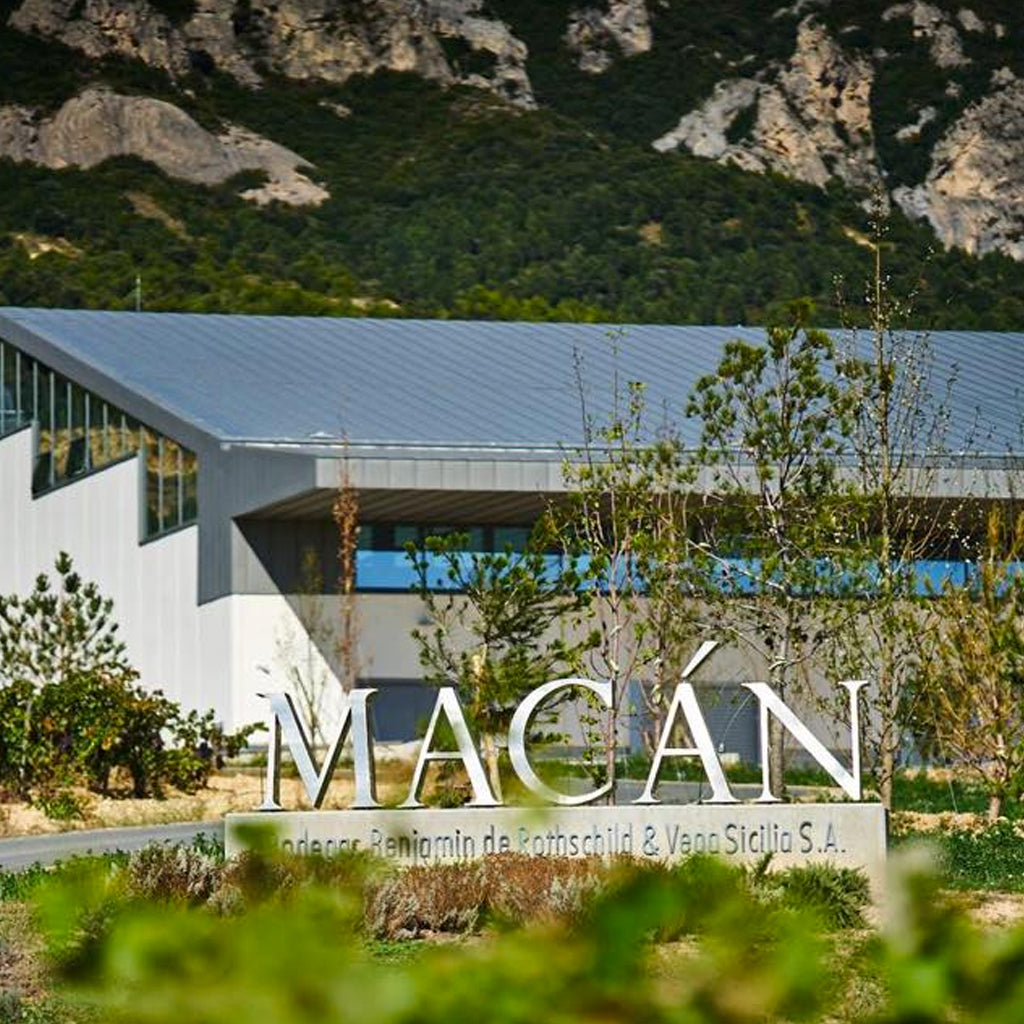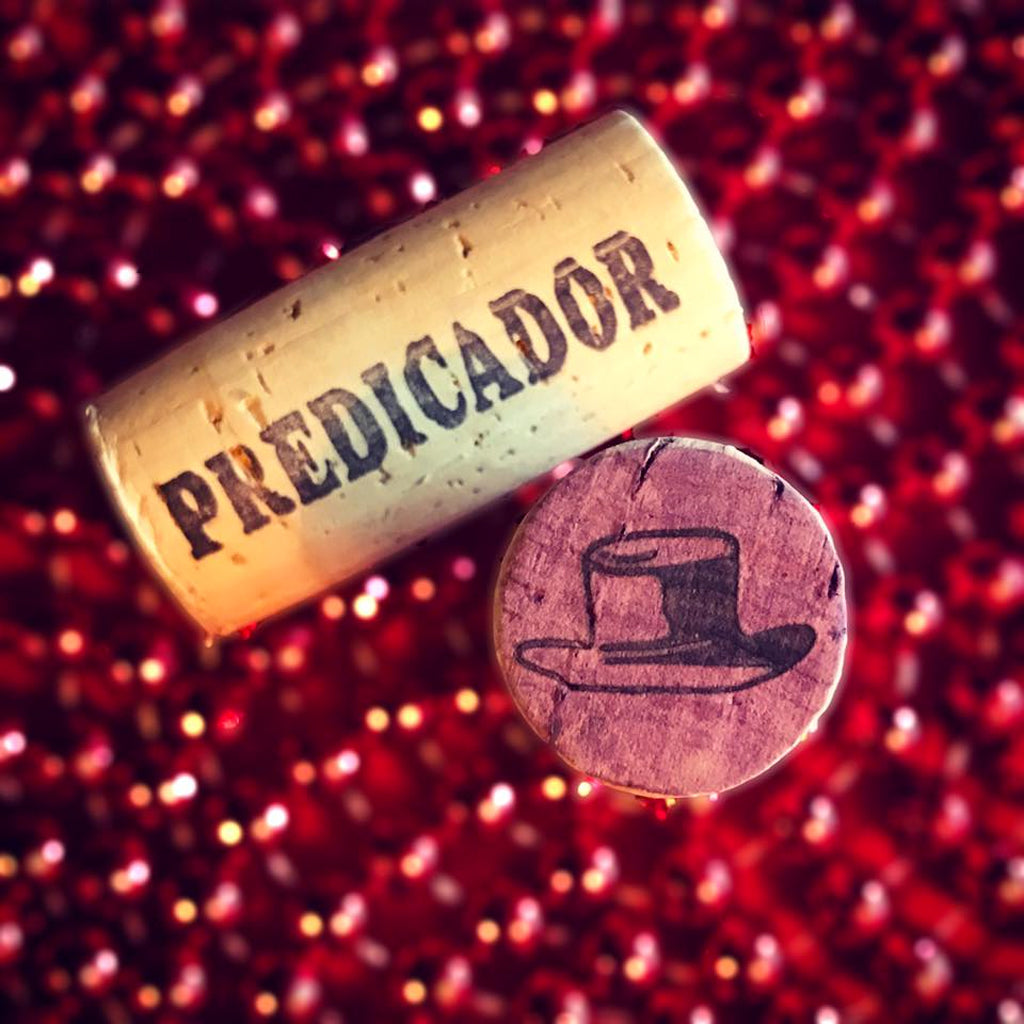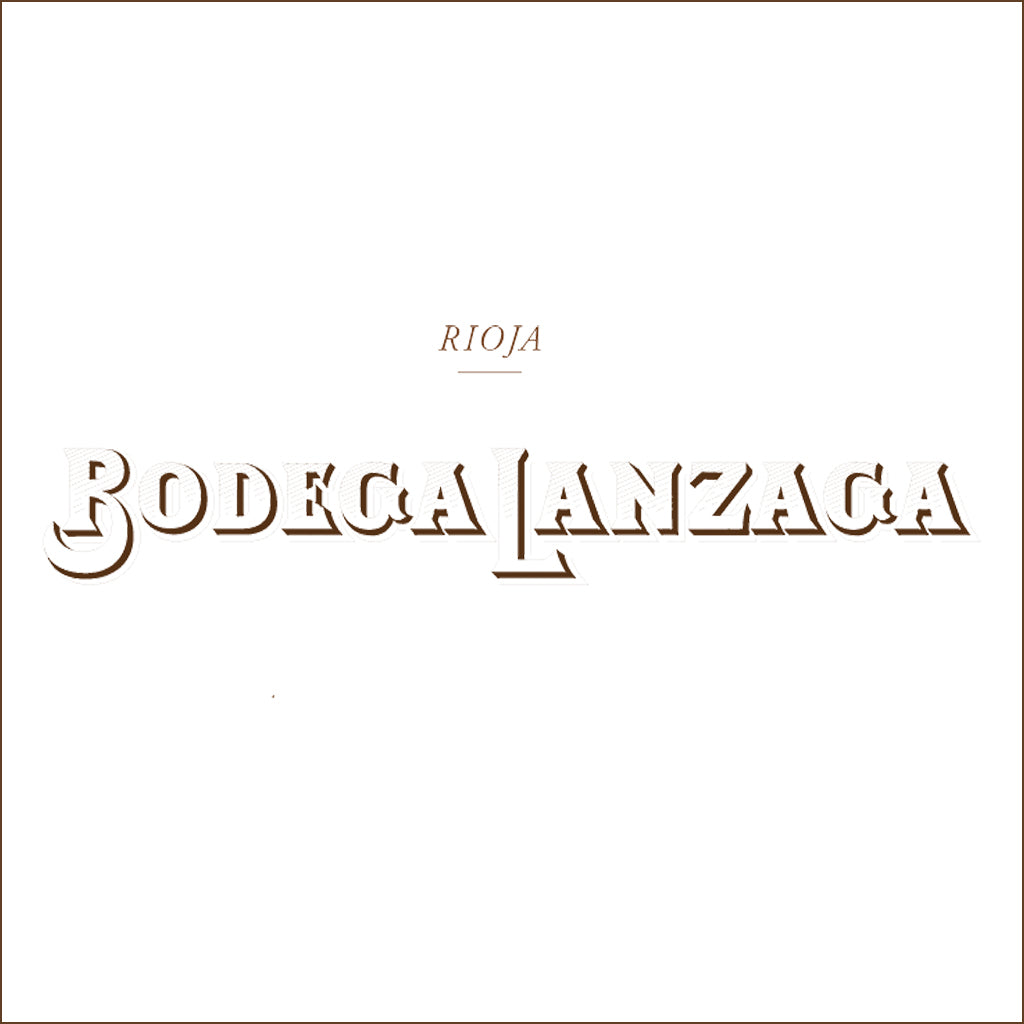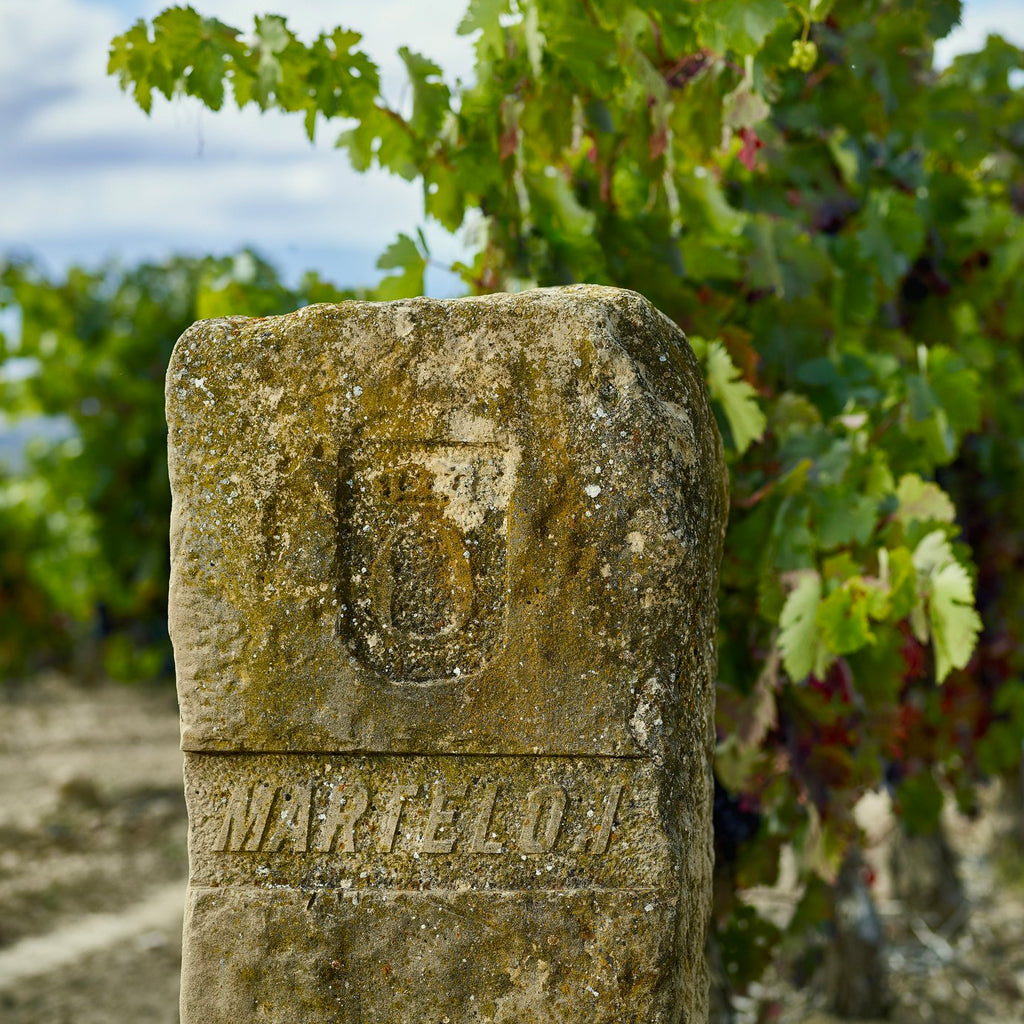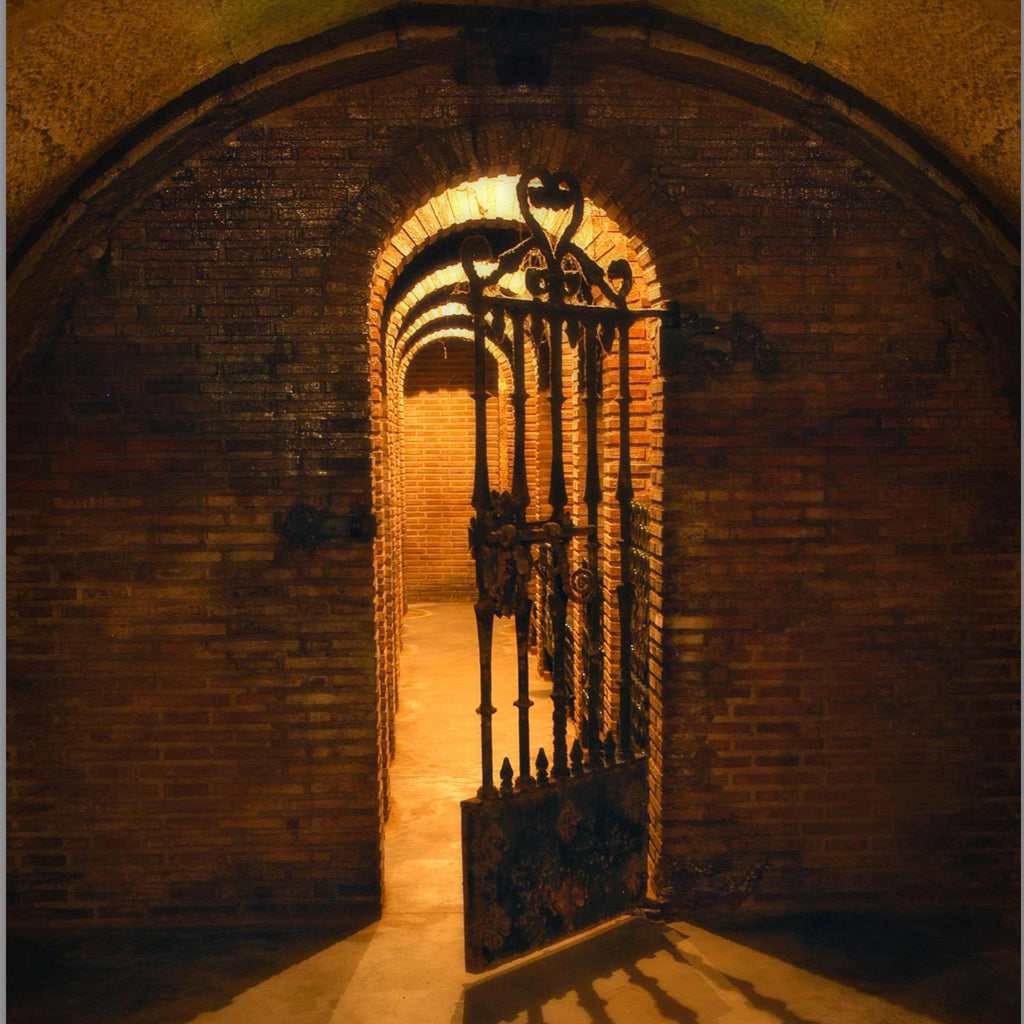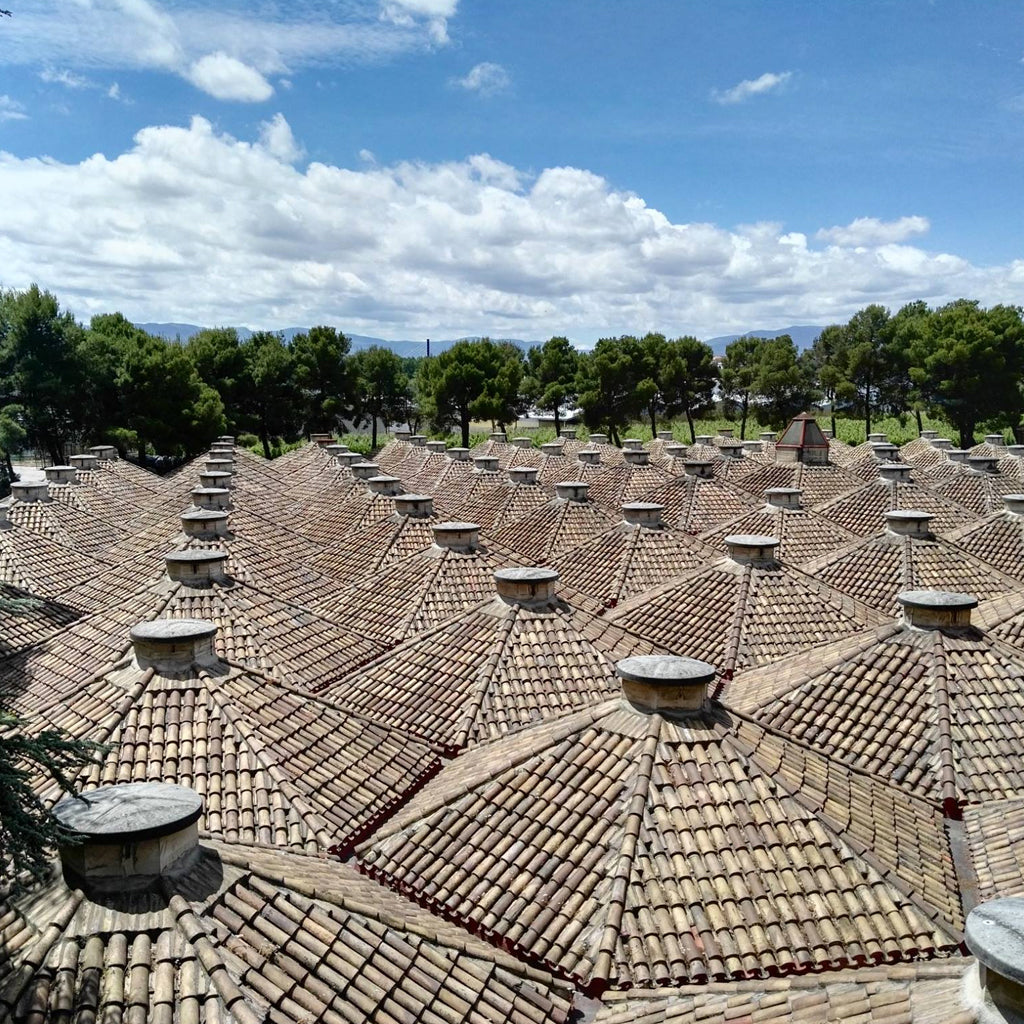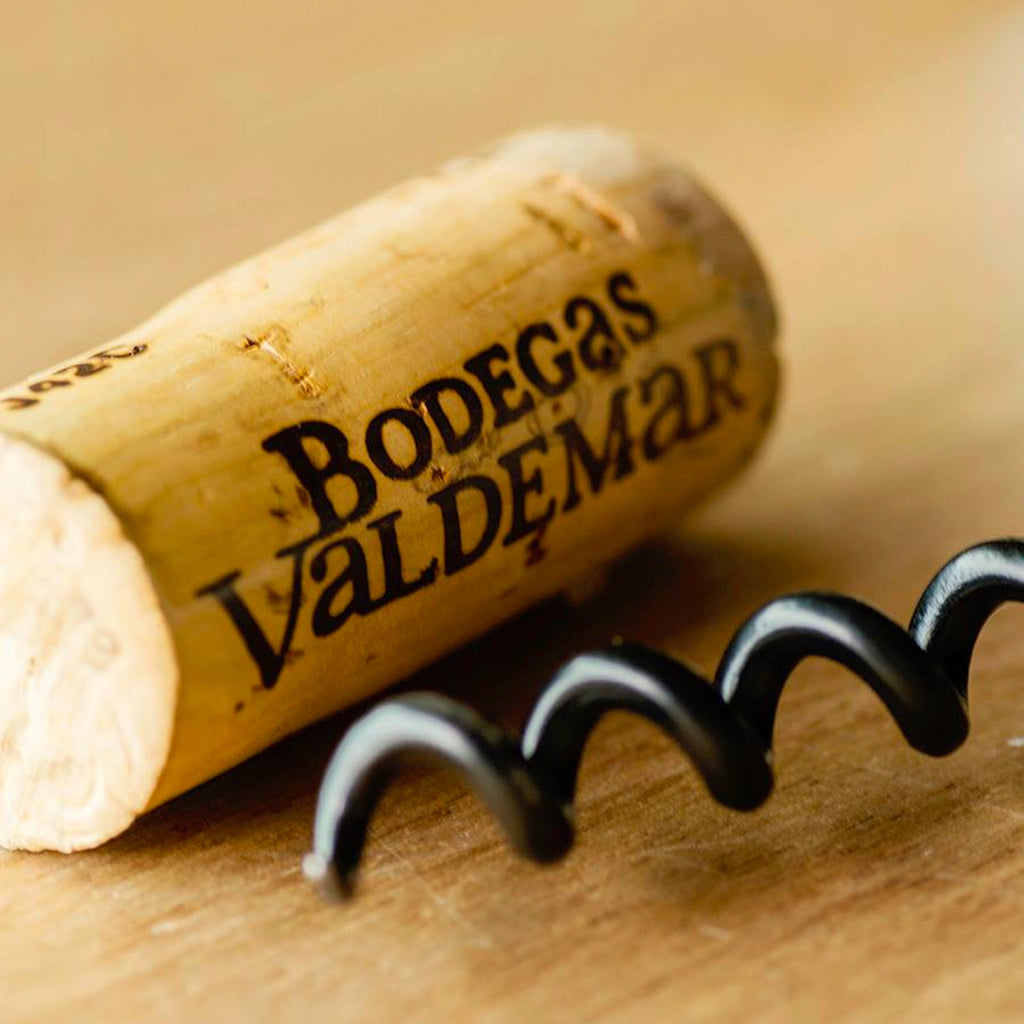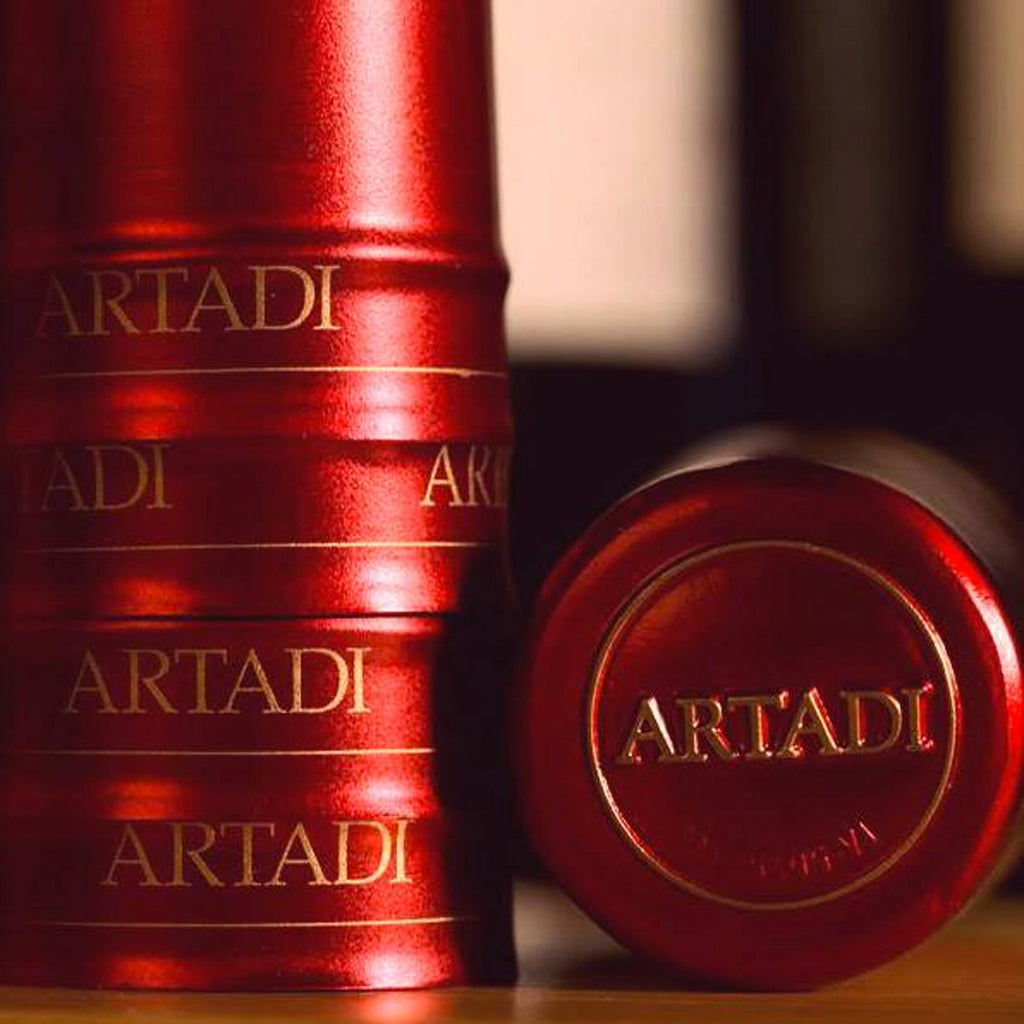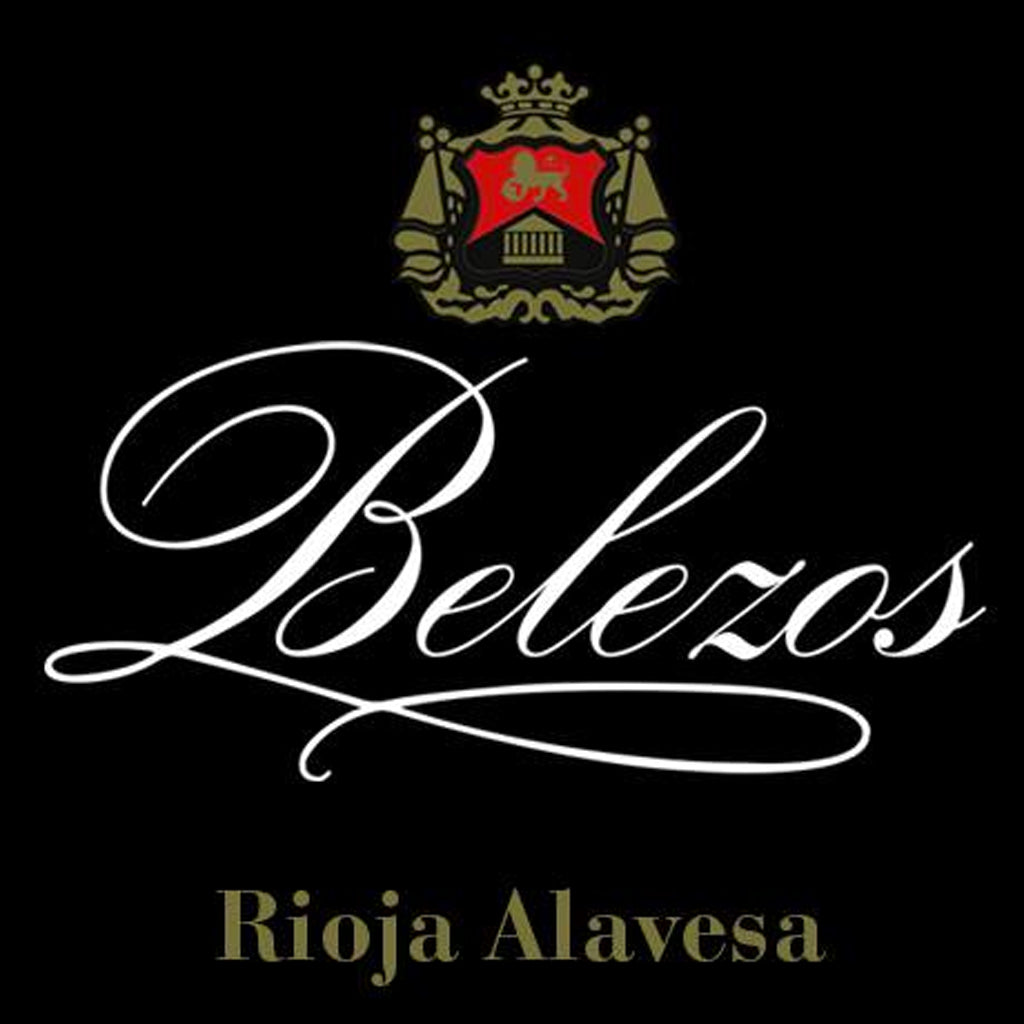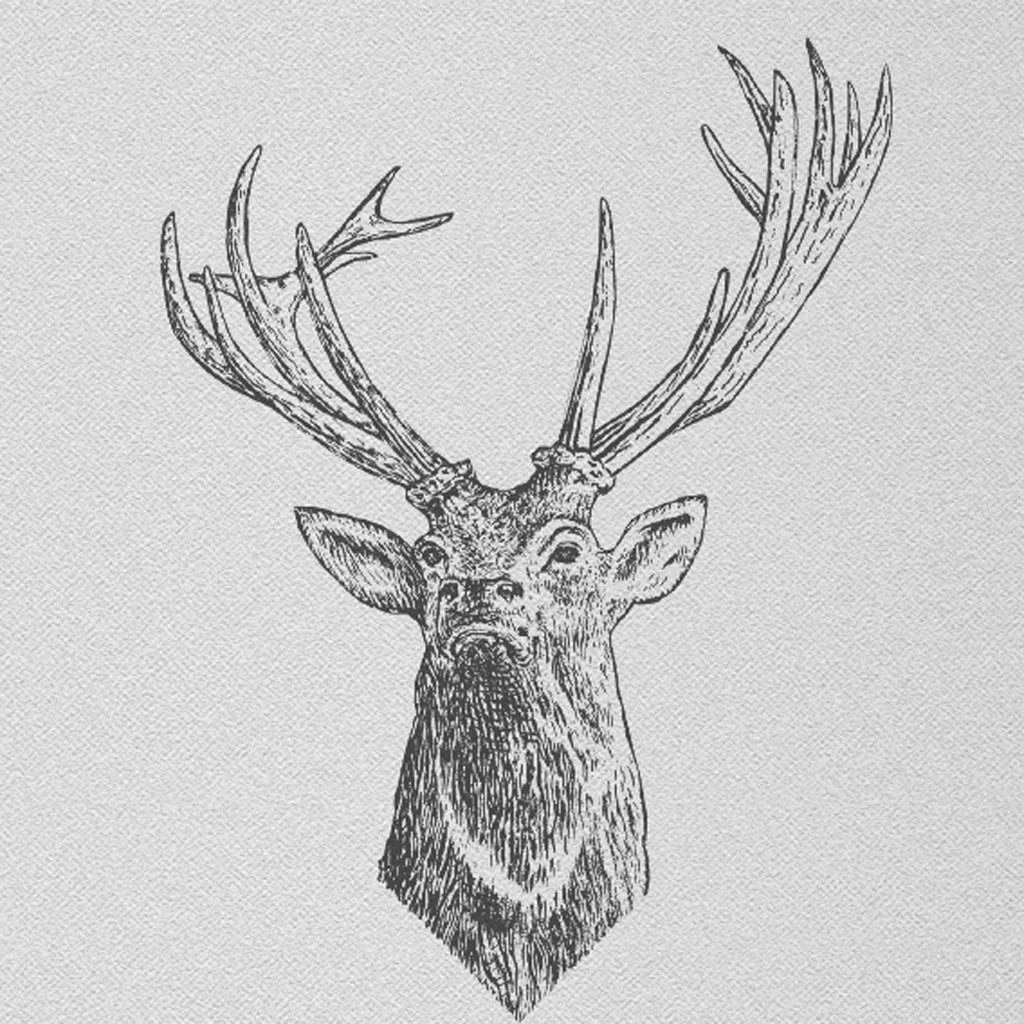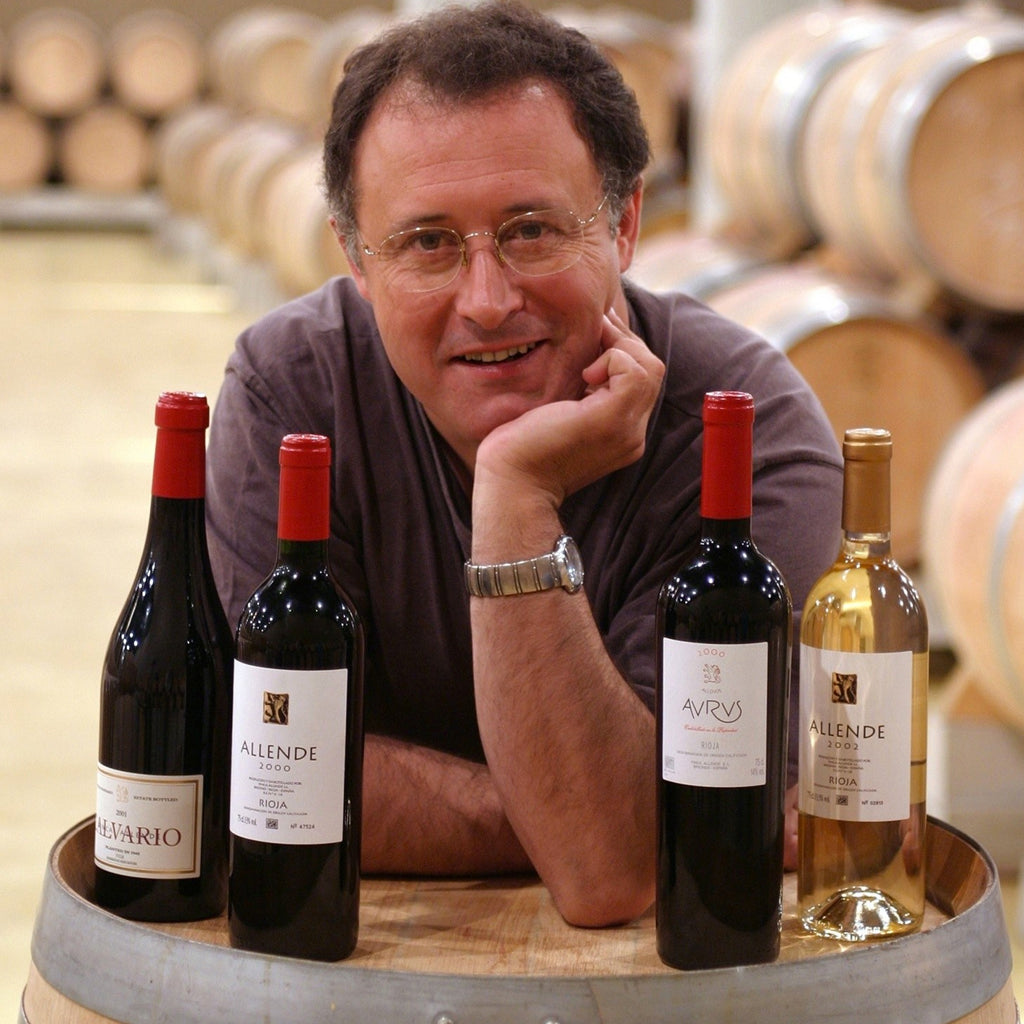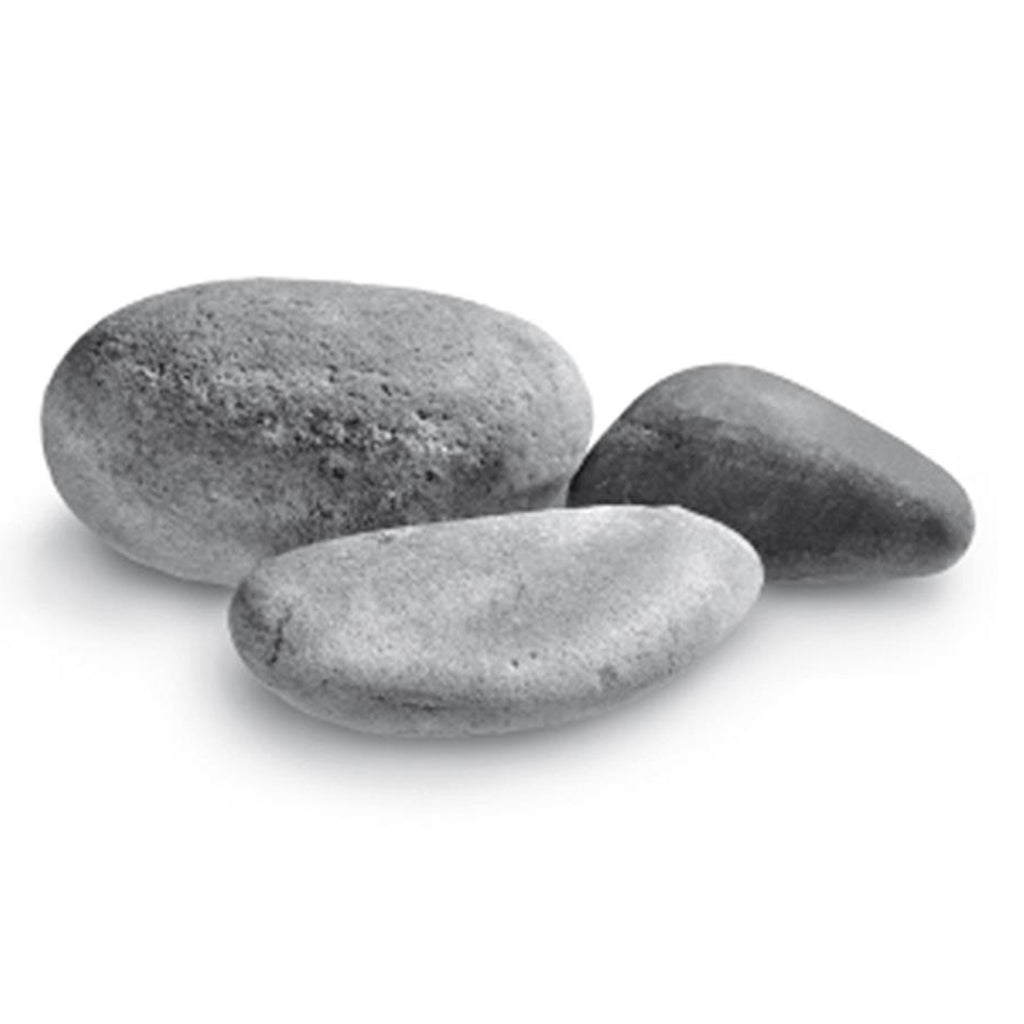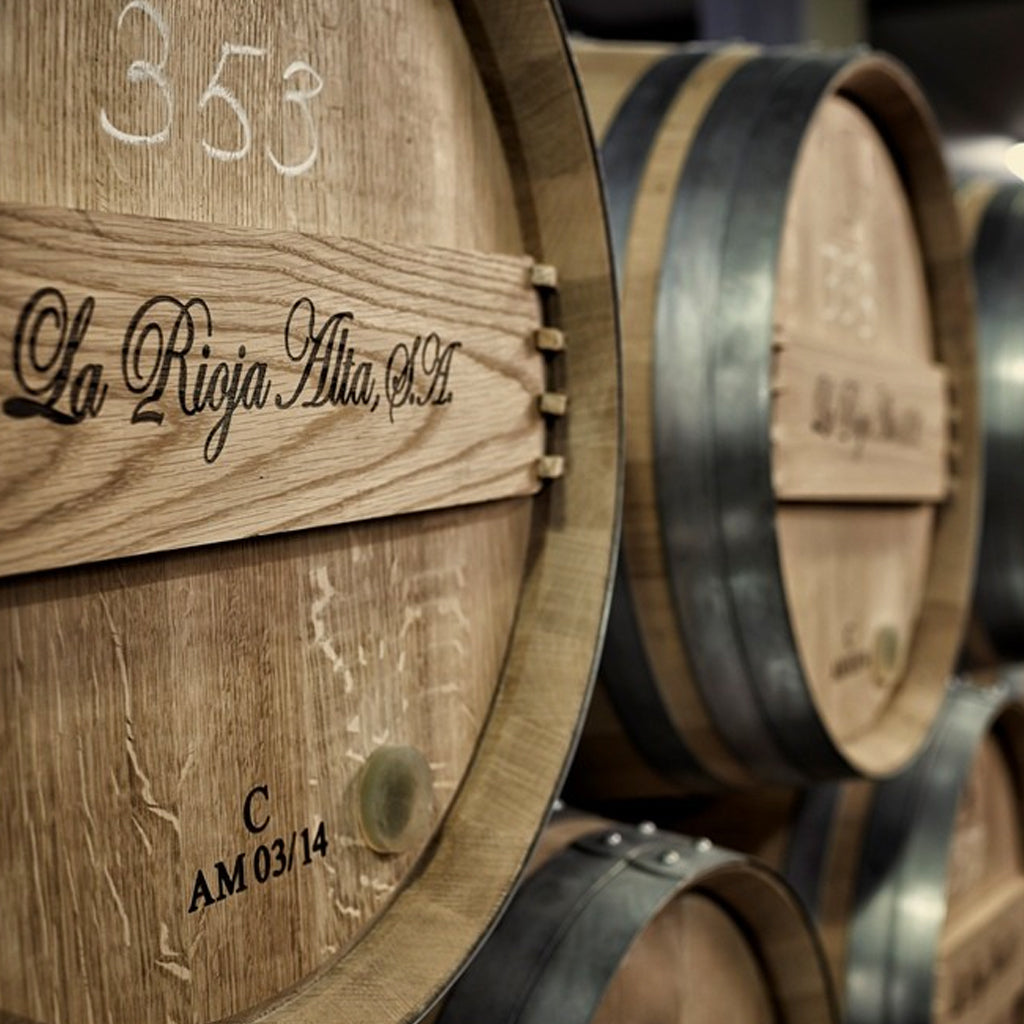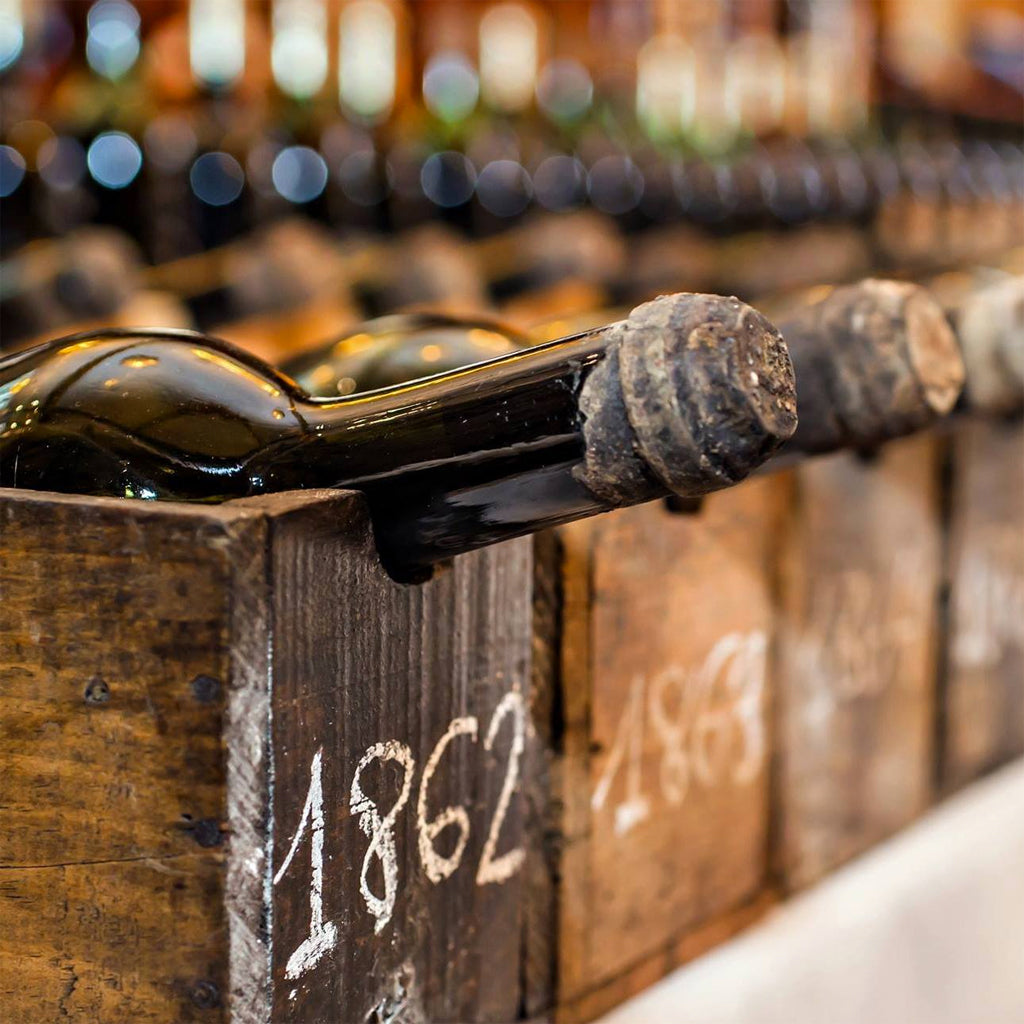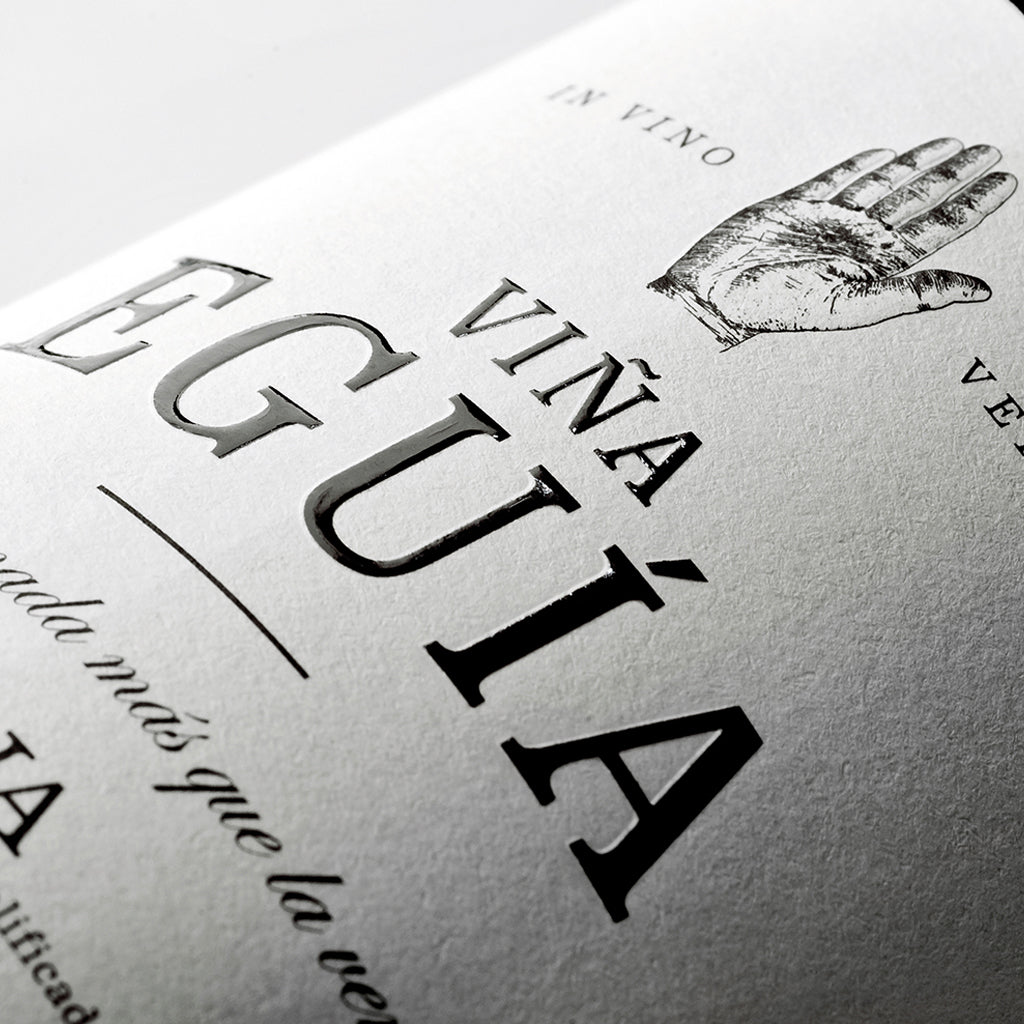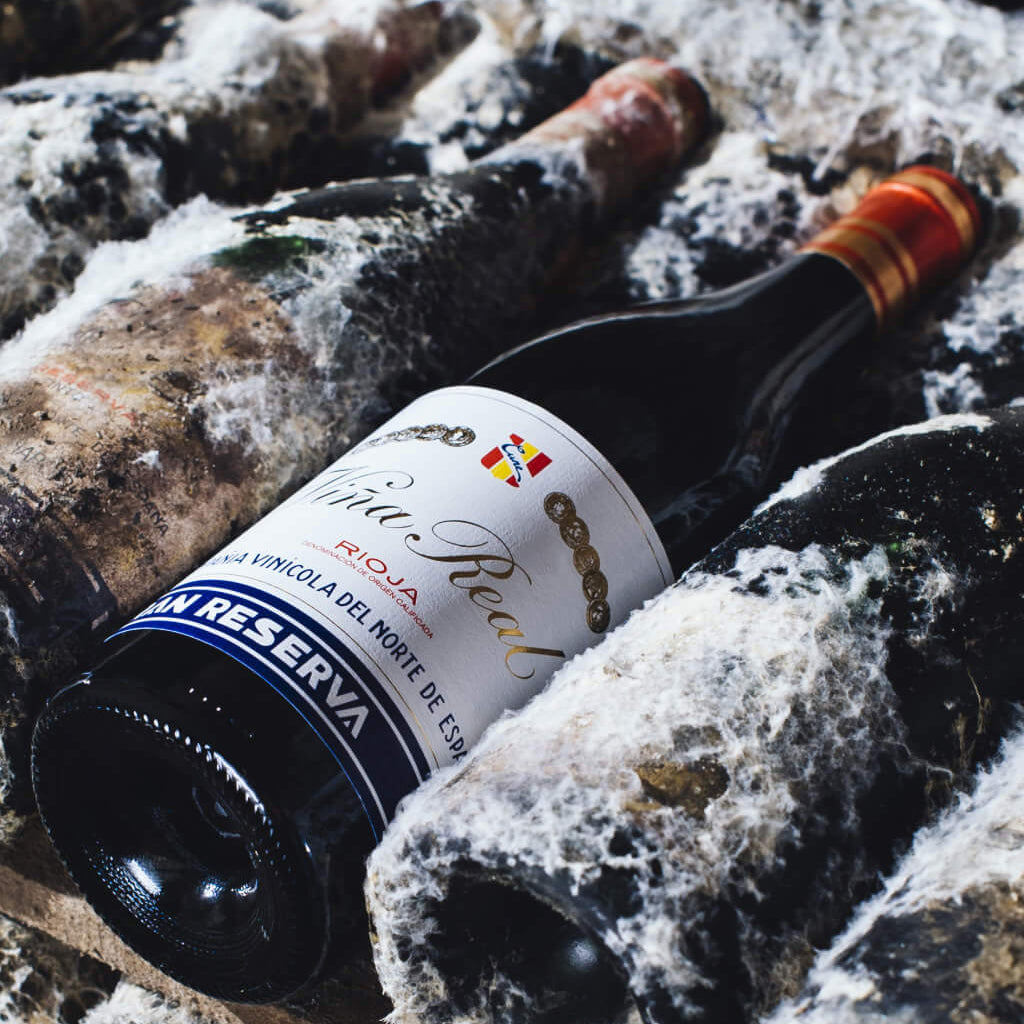Spain | Rioja

The Rioja wine region is located in northern Spain, on both sides of the River Ebro. It was the first Spanish wine region to obtain DO status in 1925 and in 1991, it was promoted to DOCa (Qualified Designation of Origin), a higher category reserved for wines maintaining a proven consistency and quality over a long period of time.
Geographically, Rioja is divided in to three districts: Rioja Alavesa, Rioja Alta and Rioja Oriental (called Rioja Baja until 2018) and while each district has distinct differences, there is no hierarchy of quality between them. Rioja Alavesa lies in the northwest of the La Rioja region in the Basque province of Álava. Along with Rioja Alta, it is the heartland of the Tempranillo grape.
Rioja Alta, to the north-west and south of the Ebro River in the province of La Rioja, stretches as far as the city of Logroño. Elegance and poise is the hallmark of wines made here. Rioja Oriental, located to the south-east, is the hottest of the three districts and specialises in wines made from the Garnacha grape.
Rioja produces a collection of red, white and rosé wines, but it is the reds that account for the greater part of its fame. Ageing classifications have, until recently, been the primary means for separating one wine from another.
Rioja Joven (‘young’) wines are destined for early drinking and they often see little or no oak and are only aged for one to two years before release.
Rioja labelled as Crianza are aged for two years (one year in oak and one year in bottle) and are best suited for early or mid-term enjoyment.
Rioja Reserva wines are aged for three years, often one year in oak and two years in bottle; however there are producers who go above and beyond this requirement with their Reserva wines. Rioja Reserva wines can be age-worthy or offer serious immediate consumption.
Rioja Gran Reserva wines have been regarded as the region’s pinnacle; they are at least five years old (two years in oak barrel and three years in bottle) and are generally ready to drink. But they can age for years too; their long barrel ageing often renders them gentle and complex, rather than big and rich.
Our Producers
Explore Wines
From£18.00
From£23.00
From£18.00
£25.00
£30.00
From£19.50
From£29.00
£92.00
£99.50
From£15.75
From£31.00
From£20.00
From£12.00
£22.00
£27.00
From£26.00
From£16.00
From£12.50
From£12.50
From£31.00
- ←
- →


